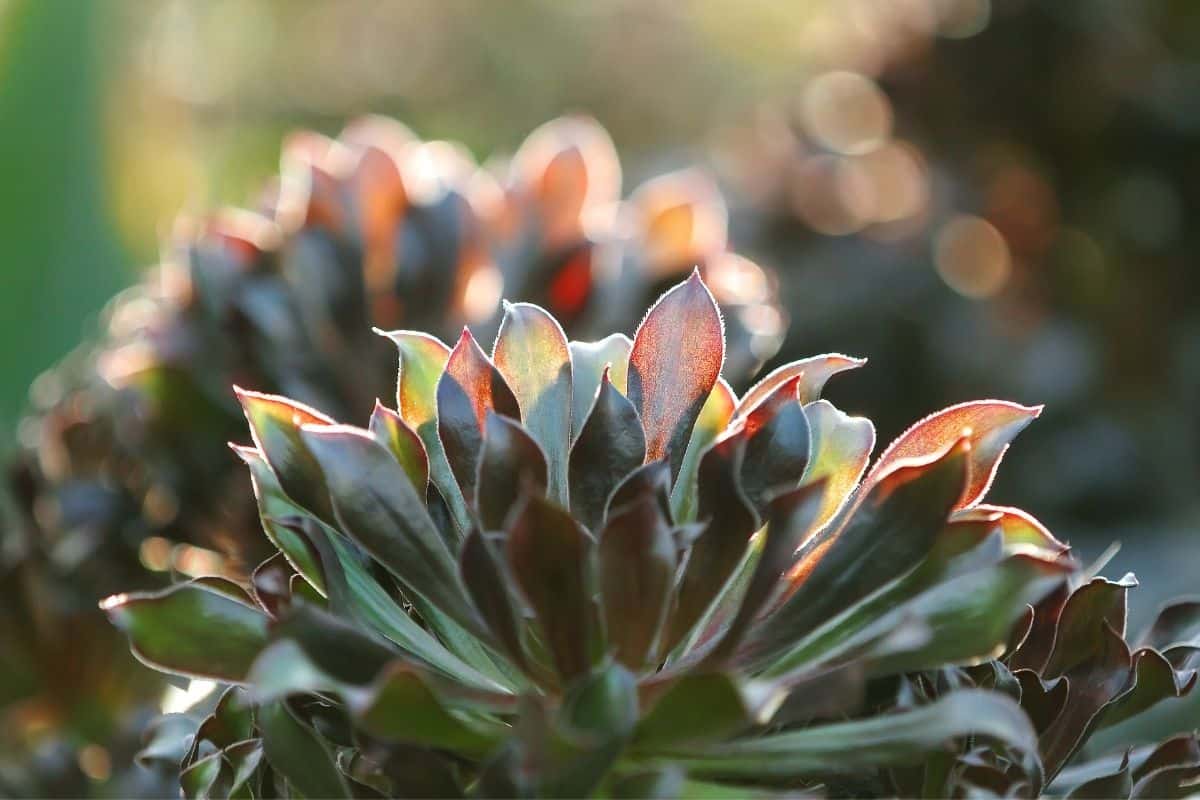
Knowing how much light to provide your succulents and cacti with is an essential part of learning how to correctly care for these unique plants. Other aspects, such as water and soil, are often easier to control. However, sunlight has an enormous effect on your plant’s overall health and can even affect your succulents’ shape and how colorful they are. Luckily, determining the correct amount of light is relatively easy as long as you know what species of plants you’re growing.
Read Article: How To Make A Succulent Wreath
The Right Amount of Light
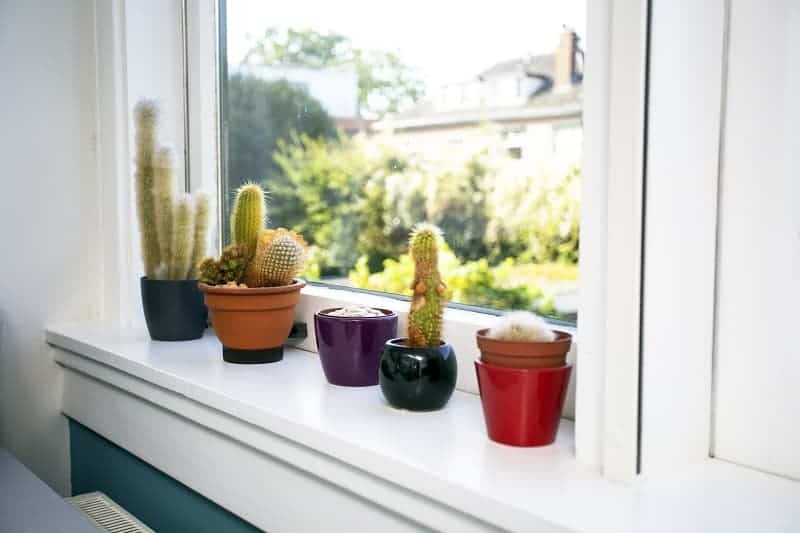
Unfortunately, there is no single correct amount of light that’s appropriate for every succulent. The exact amount of sunlight will vary according to the species. In general, it’s safe to assume that most succulents will do well with as much sunlight as possible.
Remember, succulents are used to living in harsh environments, often under full sunlight. If you lie in the right climate, you may be able to imitate your succulents’ natural habitat by planting them outdoors. However, since many succulent lovers live in climates unsuitable for outdoor growing, a bright and sunny window will usually suffice.
Typically, most cacti will be happier and more able to handle more sunlight than many other types of succulent. In the desert, there is usually little to shade cacti, so they have adapted to life under the full intensity of the desert sun.
In contrast, epiphytic cacti make their home among the branches of trees or rocks in the jungle. Due to the foliage around them, they typically receive only filtered sunlight and may burn if placed in direct sunlight. To provide these plants with the correct amount of light, you’ll need to place them further away from the window or cover the window with a sheer curtain.
No products found.
You should always consider your succulents’ natural habitats when trying to determine the correct amount of sunlight. An epiphytic cactus will not survive long in full sunlight, while a desert cactus is unlikely to thrive if placed in an area with only filtered sunlight. Doing a little research on the plants you bring home will give you the knowledge necessary to give your succulents their ideal levels of care.
Other Factors to Consider
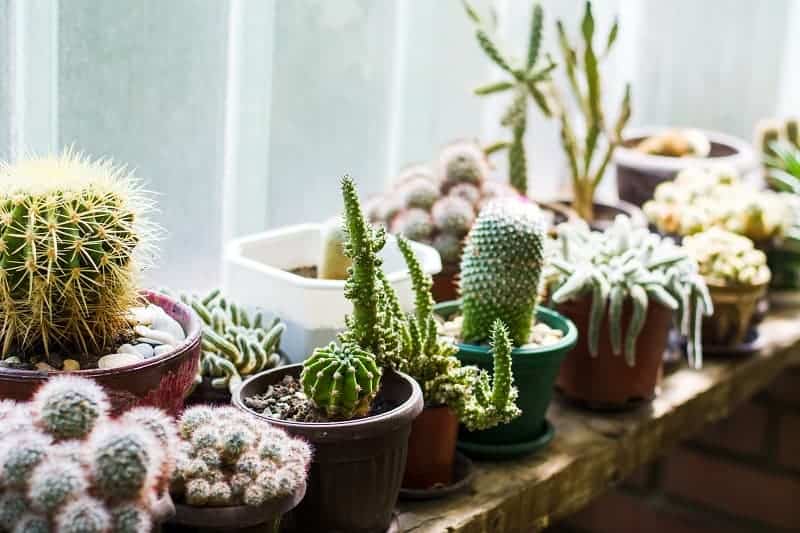
When deciding how much light to provide your succulents with, it’s important to consider other environmental factors and how they affect your plants’ stress levels. If you live in a particularly hot climate, you may need to reduce the amount of sunlight your plants receive. The combination of extreme heat and full sun may result in more stress than your plant can handle.
Remember, extreme heat will increase the rate of evaporation, which can dry your plants out more quickly. If you want to keep your plants out in the sun for longer, you’ll need to compensate with more frequent water.
However, there may be times when you want to increase your succulents’ stress levels. For instance, more sunlight, sometimes combined with other factors, is often used to increase the vibrancy of your plants’ colors.
Watch Out for Sunburn
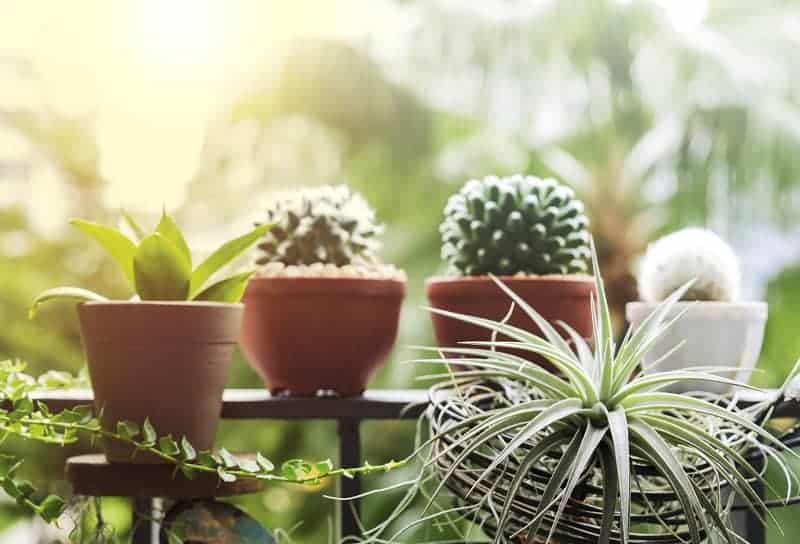
If you notice discolored patches developing on the leaves or stems of your succulents, you may need to adjust the amount of light they receive. Depending on the severity of the sunburn, these patches may range in color from light brown to black. The more severe the burn, the darker the discoloration.
Unfortunately, sunburn is irreversible. Once a plant has been damaged, there’s no way to repair the areas that have been burned. As unsightly as sunburn may be, it’s often more of a cosmetic flaw than one that will affect your plant’s health in the long run. If you just can’t stand the discolored leaves or areas, you can trim them off. Otherwise, you’ll need to wait for the plant to grow and replace the damaged areas on its own.
When it comes to sunburn, prevention is key. Plants straight out of the greenhouse often need time to adjust to full sunlight, so you’ll need to increase the amount of light slowly over a period of several weeks. Start with just a few hours of direct light and increase the amount every few days. After two weeks or so, your succulent should be properly acclimated to the appropriate amount of sunlight.
Grow Lights
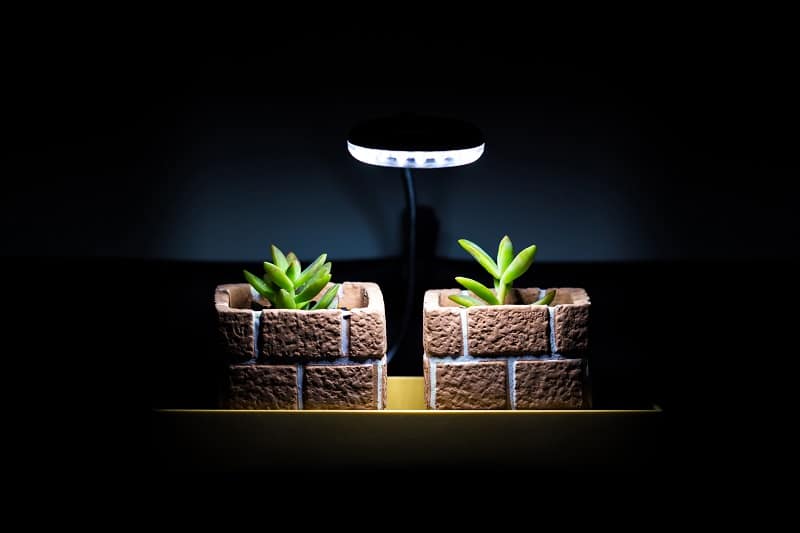
If you live in an area that receives little sunlight during the winter, or your succulents are starting to etiolate, you may want to consider investing in grow lights. Like sunburn, etiolation cannot be fixed, so prevention is the best solution. It’s best to place your plants under grow lights at the first sign, rather than waiting until they’ve become stretched out. However, as with a sunburn, etiolation is not necessarily harmful to your plant, but most gardeners do find it unsightly.
When choosing a grow light, it’s important to consider the spectrum of light emitted by your lamp of choice. Often, you’ll see grow lights described as full-spectrum, meaning they provide the full visible spectrum of light. The most popular types of grow lights are fluorescent and led.
When using grow lights, 12-14 hours of light per day is a reasonable guideline, but again, you’ll need to determine the correct amount based on the species you’re trying to grow. Be sure to place the lamps far enough away from the plants to prevent them from overheating, especially if you’re using a hood.
As with most aspects of succulent gardening, the more you know about your plants, the better you’ll be able to care for them. A little bit of research will allow you to understand where your succulents and cacti come from and what type of habitat they’re used to. This will enable you to simulate their natural environment to the best of your ability. It’s not always easy to get the exact amount of sunlight that your succulents prefer, but with a little bit of effort, your succulents will be thriving before you know it.
You Might Also Like:


Carol Parise
Hoping to learn a lot